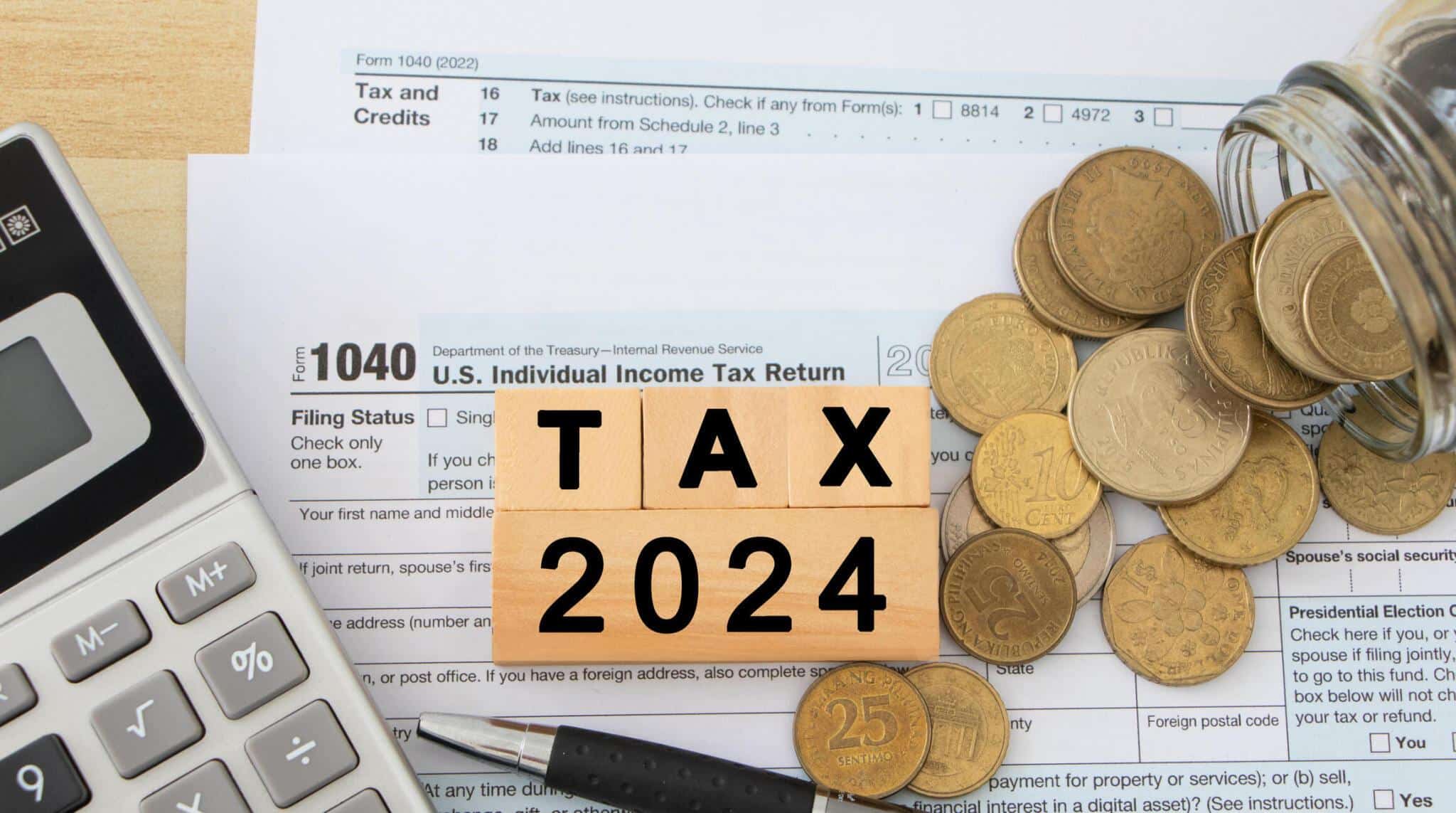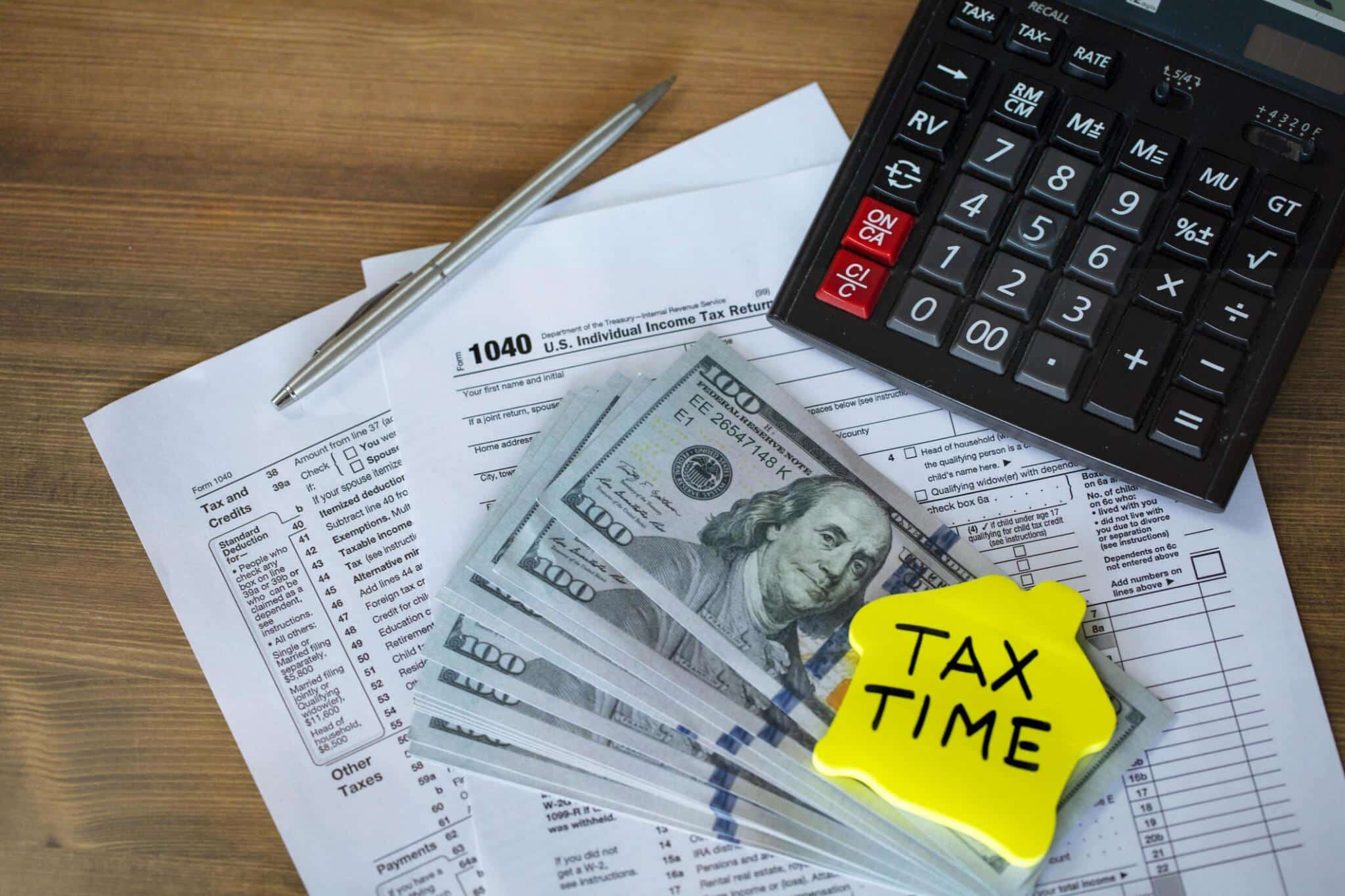Getting your business to the point where you can start to hire people is always exciting. However, it’s important to be very clear on the numbers up front so you understand how much their involvement will cost you and how much extra revenue is needed for you to break even and make a profit.
When you bring someone on board, the money you will need to come up with goes beyond wages. Here’s a break down of the costs to factor in:
How much does it cost to employ someone?
Employee costs: Wages
Let’s start with the basics: wages. Every employer in Australia must pay their employees at least the minimum wage as set by the Fair Work Commission. This wage can vary depending on factors such as the industry, the employee’s age, and their employment status (full-time, part-time, casual).
You can pay what’s referred to as the ‘award’ (depending on the industry). When figuring out how much it costs to employ someone, you can do some research to find out how much other businesses are paying or you can offer a figure that makes sense for your business.
Sometimes it’s worth paying above award wages to secure the best candidate so be prepared to negotiate but know your ceiling.
Employee costs: Superannuation
In addition to wages, employers are legally required to contribute to their employees’ superannuation funds in Australia. Known colloquially as ‘super’, this contribution is currently set at 11% of an employee’s ordinary earnings and this is set to increase by half a per cent each year until it reaches 12% by the first of July 2025.
When you bring someone on to work for your business, you will need to work with your payroll manager to ensure the right amount of super is paid on time, in order to avoid penalties and compliance issues.
Factor this cost into your hiring budget: it is a significant one.
Read more: Are you up to date with staff super payments?
Employee costs: Shift loading and penalty rates
Many industries in Australia operate outside of standard business hours, and are entitled to shift loading and penalty rates for employees who work overtime, evenings, weekends, or public holidays. These additional payments compensate employees for working at less desirable times and can vary significantly depending on the relevant industry award or enterprise agreement.
Before you hire someone, figure out what their annual pay is likely to be with overtime factored in. Like superannuation, it can make a big difference to the actual wage you’re paying.
Employee costs: Holiday and sick pay
Australian employees are entitled to paid annual leave and sick leave to support their well-being and work-life balance. Annual leave accrues based on the length of service, while sick leave provides pay for employees who are unable to work due to illness or injury, usually around 8-10 days per year. Your business may also offer a mental health day per month or additional time off for carer’s leave.
Don’t forget, leave is accrued. When someone resigns, they will expect their final pay packet to include the holiday pay they are owed. It’s important to encourage people to take leave so they don’t end up with three months’ worth of holiday pay and expect it in one hit when they resign.
Employee costs: Payroll tax
Payroll tax is a state-based tax levied on the wages paid by employers when the business exceeds a threshold for taxable weekly wages. Employers must register for payroll tax in the states or territories where they operate and comply with reporting requirements to avoid penalties.
You can find out more about payroll tax in Queensland here: https://www.business.qld.gov.au/running-business/employing/payroll-tax
Read more: Payroll tax explained
Employee costs: Workers’ Compensation Insurance
Workers’ compensation insurance is another essential consideration for employers, providing coverage for employees in case of work-related injuries or illnesses. The cost of this insurance varies depending on factors such as the industry your business is in and the work people are doing.
You can visit WorkSafe to find out how much you may need to pay: https://www.worksafe.qld.gov.au/claims-and-insurance/workcover-insurance/premium-calculation
Employee costs: Uniforms, equipment and training
As an employer, you will need to equip your team to get the job done. As such, you may encounter additional expenses such as training costs, uniform allowances and equipment costs, whether you are paying for a power drill or a computer for them to work with.
When you’re wondering how much it costs to employ someone, don’t forget about the set up costs and ongoing expenses for equipment and tools of the trade. Even expenses like coffee and electricity add up as you bring more people on board.
Start with research
If you are ready to expand your business by hiring people, you first need to work out what the cost of recruiting and onboarding will be, then factor in expenses that go beyond basic wages. Don’t forget that fringe benefits tax may affect your business as well.
Need advice to manage accounting and tax? Reach out to Mobbs & Company today.










